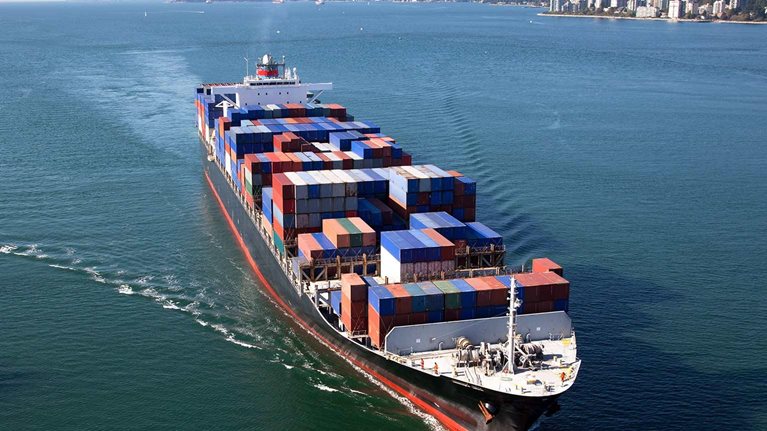Asian trade flows are increasingly staying local, with people in the region increasingly buying and consuming what Asian countries produce. In this video, Karel Eloot, coleader of McKinsey’s Operations Practice in Asia, discusses how Asian economies are building more domestic supply chains as trade in Asia gradually becomes more intraregional. An edited version of his remarks follows. The conversation is part of our series on the future of Asia.
What will be the top three most disruptive, powerful forces shaping trade and manufacturing ten years from now?
There are three main trends in Asian trade that I would like to highlight. The first one is Asian economies are domesticating. They are consuming more of what they produce, and they are building domestic supply chains, reducing their exposure to trade. Today, India is following in the footsteps of China on this.
Second, trade is gradually shifting between Asian countries. Increasing labor costs drive China toward higher-value-added exports. Emerging countries like Vietnam and Cambodia are front-runners in picking up China’s share in the export of labor-intensive goods.
Third, emerging Asia needs to improve its competitiveness with the developed world. Asian economies have considerable productivity and quality gaps compared with the developed world. But at the same time, the bar is rising. Customers in the West are asking for shorter lead times and more tailored products.
How should CEOs be responding to these forces as they think about their business strategies for the next decade?
To respond to these trends, executives in Asia should first align their manufacturing footprints and supply chains with the evolving trade flows in both Asia and the rest of the world.
Second, they should invest in capability building so that their employees are able to quickly increase global competitiveness to improve productivity, quality, and lead times.
Third, they should be leaders in running digital and analytics transformations, putting business improvements “on steroids” and using new tools and new ways of working—and through that, closing the gap with the developed world faster.


